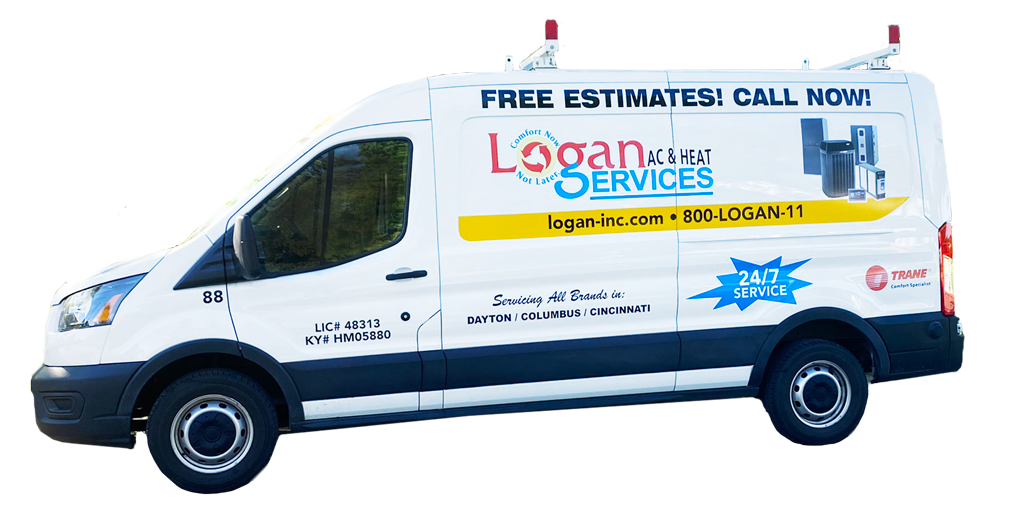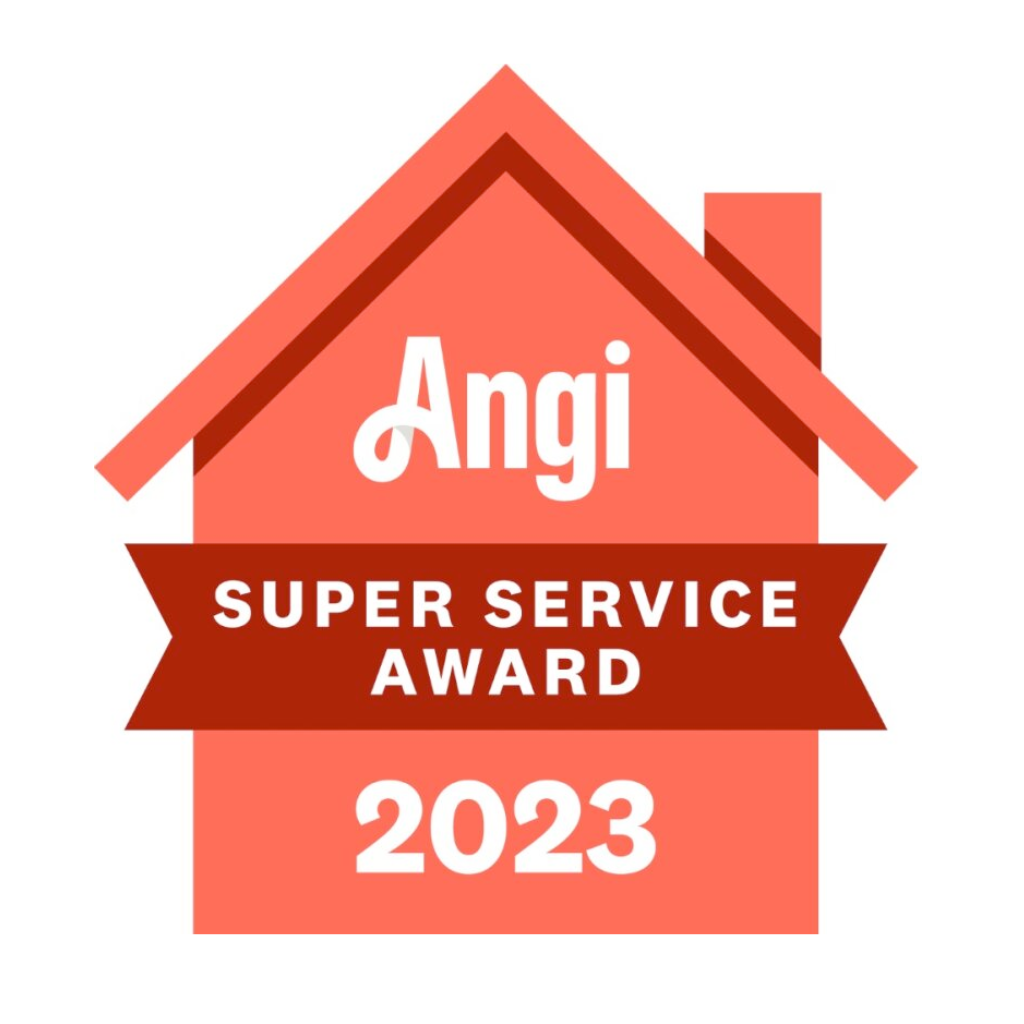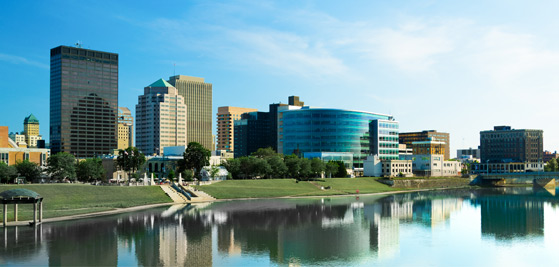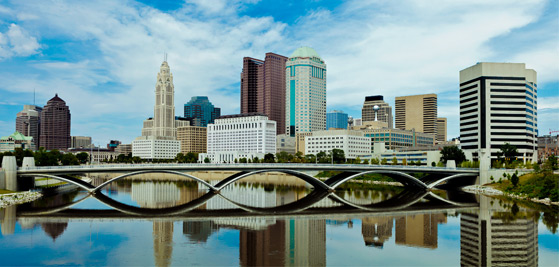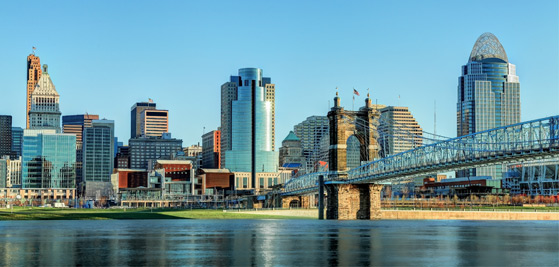Is your air conditioner on the fritz? Wondering what it will cost to get your cooling system up and running again? The price to repair an AC system can vary greatly depending on the type of system, the repair needed, and several other key factors. This guide breaks down the typical costs to prepare you for AC fixes so your next repair bill doesn’t catch you by surprise.
Impacts on the Cost to Repair an AC Unit
Ready to explore the cost factors for AC repair services? Several important considerations determine what you’ll pay for an AC repair are:
Type of Air Conditioning System
- Window units – Smaller and more affordable to fix than central air systems. Average repair costs could range from $100 to $500.
- Split ductless systems – Mini-split units common in multi-room additions. Repair costs are highly dependent on the root issue, and can range from $200 to $1,200+.
- Central air conditioning – The most complex type of cooling system and typically the most expensive to repair. From minor fixes of $150 up to $2,000+ or more for replacing major components like the compressor.
Age and Condition of AC System
Like most equipment, air conditioners wear down over time. The older an AC unit is, the more susceptible it is to breakdowns and needing repairs. Units that are over 10 years old often incur more frequent and more severe mechanical issues.
Older systems are designed differently than modern ACs as well. They tend to use outdated refrigerant chemicals that have been phased out due to environmental regulations. Their energy efficiency and cooling capabilities also lag behind new models. Attempting repairs on antiquated systems sometimes requires custom-fabricated parts or components that are challenging to source.
Air conditioners that haven’t been properly maintained year after year face accelerated decay. Problems like refrigerant leaks, corrosion, clogged coils, failing motors, electrical shorts, and more crop up at accelerated rates in systems not routinely checked and serviced. Neglected AC units often require far more extensive and expensive overhauls to restore cooling function.
The combination of advanced age and substandard preventative maintenance is what really causes repair costs to skyrocket. Some common scenarios faced when attempting to revive older, unmaintained ACs include:
- Replacing or repairing corroded refrigerant lines
- Repairing leaky evaporator coils
- Fixing stuck fan motors bound by debris, dirt, and grime
- Cleaning biological contaminants from drip pans, ducts, and vents
- Replacing seized-up, noisy compressors
- Rewiring electrical systems with deteriorated parts
While it’s tempting to keep delaying repairs and taking more life out of aging air conditioners, costs inevitably catch up in the form of chronic breakdowns and intensive repair bills. At a certain point, replacement becomes the more cost-effective and reliable option. When an AC system hits ages over 15-20 years old, has evidence of serious neglect, and requires major component replacements, it’s usually time to consider upgrading the entire unit.
The condition of the overall system must be weighed against the increasing costs of overhauling outdated, degraded equipment. Keeping very old ACs limping along via continuous repairs tends to become an expensive, frustrating game over time.
Type of Repair Work Needed
Minor air conditioner repairs involve relatively quick fixes or routine maintenance issues. These simpler services tend to be more affordable compared to major overhauls. Examples of minor AC repairs include:
- Refrigerant recharges to top off coolant levels
- Adjusting thermostat settings that aren’t properly calibrated
- Checking electrical systems and replacing damaged wiring/fuses
- Clearing out clogged condensate drain lines causing water overflow problems
- Swapping out dirty air filters that reduce airflow
More extensive AC repairs require significant diagnosis time, longer technician hours, and complex installation work when replacing components. Major overhaul costs often escalate steeply due to part expenses and labor intensity.
Some examples of major repairs include:
- Compressor replacements on severely worn AC units
- Removing and replacing leaky or corroded evaporator coils
- Rebuilding or replacing seized blower and fan motors
- Exchanging burned-out circuit boards that control the cooling system
- Finding and sealing difficult refrigerant leaks
- Ductwork modifications when existing layouts prevent adequate airflow
The degree of work difficulty, technician time, and parts requirements greatly impact overall air conditioning repair costs. Minor fixes involve simpler maintenance tasks, while major overhauls usually require expensive parts replacements. Strategically addressing small AC problems as early as possible helps prevent cascading into even more costly breakdowns once peak cooling season arrives.
Peak Cooling Season Demand
The summer months of June through August bring the hottest temperatures and the highest reliance on home air conditioning. Unfortunately, this also coincides with the busiest season for HVAC repair companies, leading to limited appointment availability and premium pricing.
High summer demand strains the supply of qualified cooling technicians in many regions. Appointment slots rapidly fill up, often with weeks-long waits. Frustrated homeowners dealing with AC malfunctions may accept overtime rates or increased “emergency fees” to escalate service calls.
While difficult to orchestrate for unexpected AC outages, the ideal time for planned maintenance and repairs is the early spring season. With less demand, most companies offer reasonable turnaround times at regular rate structures as technicians’ schedules remain open. Strategically scheduling major AC work during the off-season saves money while supporting reliable operation through upcoming peak summertime temperatures.
Your Location
Labor rates for AC pros will vary based on your geographic area; it may also depend on the level of customer satisfaction, training, and expertise that the company has invested in their employees. Expect to pay more for repairs in areas with higher costs of living and hourly wages.
Average Cost to Repair an Air Conditioning Unit
While costs ultimately depend on your specific repair requirements, here are the typical price ranges:
- Minor AC repairs – $150 to $500+
- Moderate/major AC repairs – $600 to $1,800+
- Compressor/coil replacement parts – $1,000 to $4,000+
You’ll also see quite a discrepancy in prices to fix small window units versus whole-home central AC systems. As you might expect, localized window AC units are simpler in design and cheaper to overhaul, and may even be something your local handyman could attempt. Central AC repair should always be left to a trained HVAC professional and is worth the additional upfront cost to ensure any issues are resolved quickly so as to not yield even larger, more expensive repairs in the future.
Factors that Increase Air Conditioning Repair Costs
Some scenarios unexpectedly drive central air conditioner repair bills higher. Watch out for:
Age and Condition Issues
Old, deteriorating air conditioners that haven’t been maintained well may incur higher parts and labor costs for repairs. Problems like leaky coils, corrosion, and aged compressors requiring replacement escalate pricing.
Hard-to-Access System Locations
If your AC and furnace system is positioned in an awkward spot like a cramped attic or buried utility closet, then getting access for repairs takes more work and time. Be prepared for potentially elevated costs in these tricky situations.
Upgrading Parts or Full Unit Replacement
In some instances, during diagnosis or repairs, your HVAC pro may discover additional issues or determine key components that need upgrading for the most cost effective long term solution. Of course, these unexpected repairs may increase the final costs of fixing your system. In worst cases, they may recommend replacing an extremely old AC unit altogether.
Emergency Repairs on Nights or Weekends
If your system breaks down outside normal hours and requires immediate repairs, expect to pay overtime or emergency fees on top of normal costs. These charges for nights and weekend repairs can tack on an extra charge for the visit, but will provide you with the most timely solution, which due to safety concerns, logistics, and availability, may be well worth the additional fee.
How to Reduce Your AC Repair Costs
Luckily, there are ways to gain control over runaway prices for cooling system repairs and avoid “sticker shock” on your final bills:
Invest in Preventative Maintenance
One of the biggest drains on repair costs is addressing issues that could’ve been caught earlier and fixed when less severe. Pay a little now for routine check-ups and tune-ups to save hugely on major repairs later. Expect to pay around $75 to $150 for quality ac maintenance visits. Consider purchasing a maintenance plan and save when you bundle a separate heating tune up visit along with your cooling system maintenance.
Prioritize Minor Early Repairs
As soon as small problems arise, take swift action to get them repaired before cascading into much larger issues. Refrigerant leaks, motor problems, slowed airflow, and the like often rapidly deteriorate if left unchecked.
Choose A Company With An Excellent Reputation
The pricing to fix identical AC problems can vary between companies. However, consider the quality, professionalism, and reputation of the HVAC company you hire before you compare costs. Homeowners may regret only basing their decision on the ‘lowest price’, as oftentimes you do get what you pay for when you forgo vetting a company properly.
Consider Repair/Maintenance Membership Plans
Many top-rated HVAC companies now offer annual cooling system repair/maintenance plans that guarantee priority service and big discounts on visits. These programs provide excellent budget stability for keeping your system running strong all year.
Key Financing Options for a New AC Unit
Sometimes, an aging or severely damaged air conditioner simply can’t be resurrected cost-effectively. Or perhaps after reviewing quotes to overhaul your old unit, the pricing is similar to just paying a bit more for a totally new system. When it is time for replacement, factor these popular financing options to ease the sting on your wallet:
Credit Cards
Some homeowners firms offer attractive 0% APR financing for 6-18 months on major purchases and installations. This allows you to spread costs out interest-free over the intro period.
Secured Loans
Specialty lending products base approval primarily on available home equity rather than credit scores or debt-to-income ratios. Often easier to qualify for than traditional loans.
Manufacturer Financing
Top brands like Trane, have partners that offer multiple options for loans or payment plans on equipment purchases. Offers like 48-60 months and 0% APR are often available to finance AC unit replacements.
Signs It’s Time to Replace Your AC Unit
With aging central air conditioners, there often comes a “tipping point” where investing in a totally new system is smarter than perpetually sinking money into repairing an antiquated one. Warning signs it’s time for full replacement include:
- Frequent breakdowns – If your AC constantly malfunctions in peak season, replacement avoids chronic issues each subsequent year.
- Parts unavailability – Ever-changing regulations phase out older refrigerants and system components, making key parts tricky to source.
- Mounting costs – At a certain threshold of investment between current and expected future repairs, replacement provides a “clean slate” value.
- Inadequate performance – Upgraded systems provide vastly better humidity control, efficiency, and overall comfort.
As repair estimates are considered to overhaul an aging unit, also request a couple of quote to install new systems. Determine if replacement pricing reaches close enough to make long-term operational sense. Often, just a bit more investment buys all new equipment and warranties.
Carefully weighing the factors that dictate AC repair costs allows homeowners to budget appropriately and make fully informed decisions when work arises. Be sure to obtain a quote for repairs and replacements from a reputable HVAC company. And consider the long view – new cooling systems and regular maintenance provide the best hedge against unexpected expenses over time.
The Logan Difference
Logan A/C & Heat is a family-owned and operated company that has been serving the community since 1969. What sets us apart is our commitment to providing not just quality heating and cooling equipment, but an all-around exceptional customer service experience.
Our technicians go through extensive training to ensure every installation and repair meets our high standards for craftsmanship. We care deeply about your satisfaction and work hard to get things right the first time. Before arriving at your home, our techs try and are mindful to have all necessary parts so your service won’t be delayed.
Communication is another cornerstone of our business. We give straight answers to your HVAC questions and provide cost estimates upfront so there are no surprises. During equipment installations, we walk you through a full demonstration and troubleshooting session to build confidence and understanding.
We also stand behind our work. Our techs follow a rigorous review process checklist that gets signed off by management after every job. And we’ll help make sure any warranties remain valid through proper registration and documentation.
Giving back to our community also remains a priority after over 50 years in business. We regularly donate prize giveaways, fundraisers, and volunteer work to local causes. And we’re always happy to offer free advice to help friends and neighbors solve their HVAC problems.
Our goal is simple – leveraging our decades of experience to deliver heating and cooling solutions you can count on. That’s the Logan Difference.
Frequently Asked Questions (FAQs)
What is the average cost to replace an AC compressor?
The cost for replacing a central AC compressor can vary based on labor, part availability, warranty status, and current pricing for the equipment from the distribution vendor. Upgrading to variable speed and efficient scroll compressor models can add more, which may then be a sign that entire ac replacement could be more cost effective.
How much should it cost to fix the AC not blowing cold air?
When an AC blows but doesn’t cool properly, expect to pay $150 to $500+ on average, depending on needed repairs like refrigerant leaks, clogged filters/drain lines, blower motor issues, frozen coils, etc. Try reviewing a DIY guide to troubleshoot and fix your AC unit.
How much does it cost to replace the air conditioner unit outside?
A new air conditioner for whole home central cooling can range from $4,000 to $8,000+, depending on the brand, efficiency, and technology being used. Costs trend higher for increased tonnage, higher efficiency ratings, multi-stage capabilities, and advanced features. Always check for manufacturer promotions, as well as tax rebate incentives for qualifying ac and heat pump upgrades.
How much is it to fix AC in a house?
House AC repairs range widely from $150 to $500 for minor fixes and up to $2,000+ or more for replacing more expensive system components. Age, repairs needed, brand, features, and more all impact pricing.

